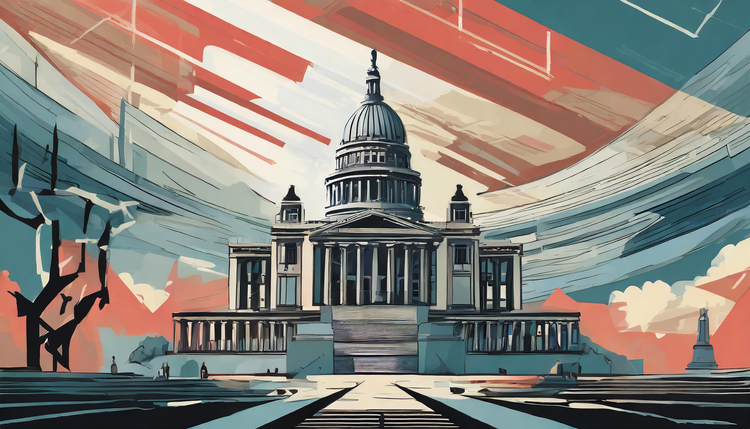What We Can Learn from Railroads
In 1891, the Pennsylvania Railroad had more workers than the American Army, Navy, and Marines combined. Penn Railroad's 110,000 employees were charged with building and operating a sprawling transportation system that started at the Atlantic Ocean and ended in St. Louis.

Penn's geographical and operational sprawl was only part of its challenge. Charles Perkins, an industry executive, described the fundamental tension of building, maintaining, and running railroads:
An important question in the management of a large railroad system is how to get local responsibility on the part of those engaged in operating different arms of the system
What Perkins describes is not unique to railroads; from security to economic development, most hard problems are at their core challenges in micro participation in macro systems.
Scientists call this complexity.
Cities are the world's most complex economic, political, and social systems. Billions of people living in cities require food, work, security, and other basic needs. Billions more – from the business, government, faith, or social communities – provide these goods and services in exchange for compensation or other forms of contribution.
Each of these functions meets Perkins' definition: small, often passive parts of an extensive, often active system.
The lessons from the history and future of capitalism are, principally, how to make the whole system stronger than the sum of its parts.
Capitalism is complexity.





